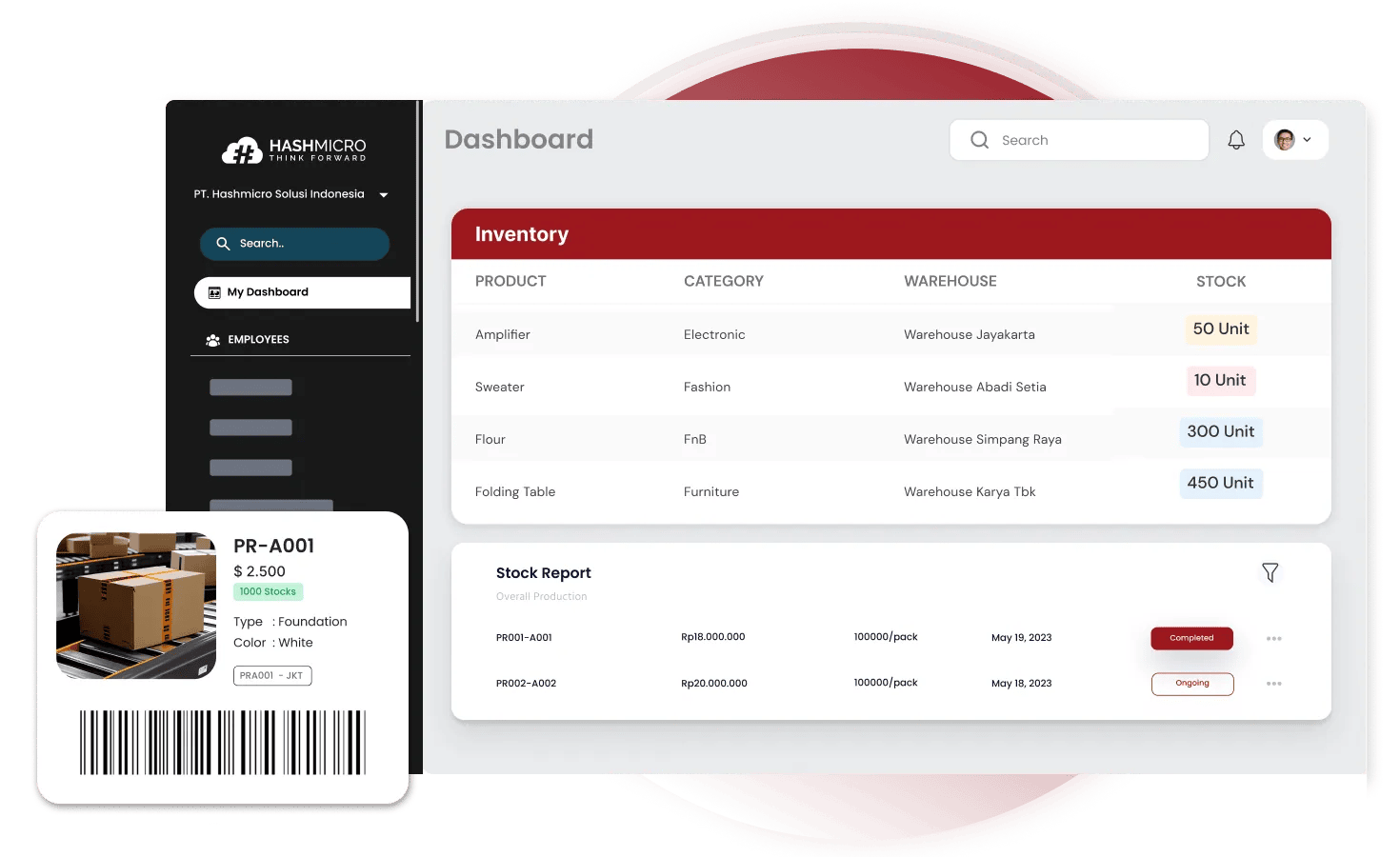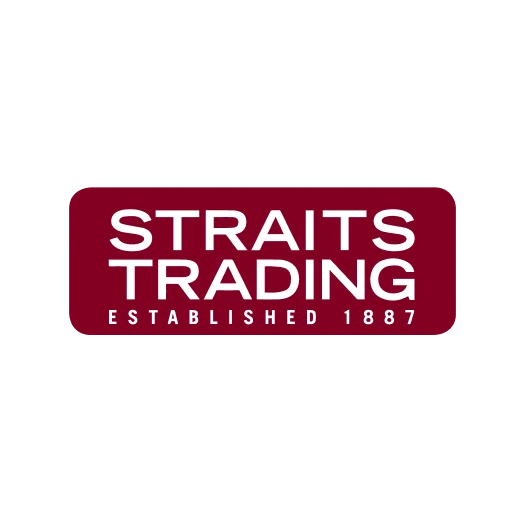The inventory turnover ratio shows how quickly I sell and replace stock, helping me gauge how efficiently my inventory is managed. It’s a key metric to measure both operational performance and profitability.
An ideal ratio balances customer demand with minimal excess stock. With the right Inventory Management Software, I can maintain that balance effortlessly.
In this article, I’ll share the simplest ways to calculate your inventory turnover ratio and know when to restock. Ready to optimize your inventory? Get a free demo of HashMicro Inventory Management Software today!
Key Takeaways
|
What is the Inventory Turnover Ratio (ITR)?
The inventory turnover ratio (ITR) measures how often a company sells and replaces its inventory within a year, reflecting how efficiently it manages stock. It’s calculated by dividing the cost of goods sold (COGS) by the average inventory over a specific period.
A higher ITR indicates that I’m managing stock efficiently and maintaining a strong sales performance. By monitoring this ratio, I can keep inventory levels optimal and ensure my business stays profitable.
What Is Considered an Ideal Inventory Turnover Ratio?
An ideal ITR varies across industries, depending on how fast products move through the supply chain. Generally, a ratio between 5 and 10 is considered healthy for most businesses, with retailers typically having slightly lower turnover rates (around 4–6) and manufacturers maintaining higher ones (5–10 times a year).
A higher ratio indicates efficient inventory management and strong sales, while a lower one may signal overstocking or weak demand. By maintaining balanced stock levels and using tools like HashMicro Inventory Software, I can optimize inventory and meet customer needs effectively.
How to Improve Inventory Turnover Ratio?
The ITR is essential for measuring how effectively I sell products within a specific period. It also helps me make more intelligent decisions in pricing, production, marketing, purchasing, and warehouse management.
This ratio shows how well I generate sales from available stock; the higher the number, the better the performance. To boost it, I focus on reducing average inventory levels and maintaining consistent stock flow.
By using centralized inventory software with transparent inventory reports, I can smooth out fluctuations, track inventory accurately, and continuously improve my company’s turnover ratio.
3 Easy Formulas to Calculate Inventory Turnover Ratio

To calculate the ITR accurately, I need to pull data from the balance sheet and clearly understand each term. Knowing what these numbers represent helps me interpret financial performance better and make more informed inventory decisions.
1. The cost of goods sold (COGS)
A company’s cost of goods sold, or COGS is the direct cost of producing goods for sale (including raw materials).
2. The average inventory (AI)
Over two or more specified time periods, average inventory smooths out the amount of inventory on hand.

3. The inventory turnover ratio
Over a given period, the ITR measures how often inventory is sold and replaced.

Also read: Enhance Financial Planning Using Accounting Software
Inventory Turnover Ratio Example
The ITR is a calculation used to measure the number of times a company’s inventory is sold and replaced over a period of time. To understand how the formula works, let’s take a look at an example I made using XYZ Inc.
According to their annual report, XYZ Inc. reported the following figures in financial statements:
- Cost of sales of $429 billion
- Year-end inventory of $56.5 billion, up from $44.9 billion a year earlier
To calculate ITR, we need to first find the average inventory by taking the average of the beginning and end-of-year inventories. Here’s a simplified step-by-step guide to calculating the inventory turnover ratio and days inventory for XYZ Inc:
Step 1: Calculate average inventory
Average Inventory= beginning inventory + ending inventory / number of months
= $56.5 billion + $44.9 billion / 2
Number of months (2)
= $50.7 billion
Step 2: Calculate Inventory Turnover Ratio
ITR = Cost of Goods Sold / Average Inventory
= $429 billion ÷ $50.7 billion, or 8.75.
Step 3: Calculate Days Inventory
We can also use this formula to calculate the days’ inventory for XYZ Inc. This is done by dividing the number of days in the period (in this case, 365) by the inventory turnover ratio. This gives us a days inventory for XYZ Inc. of:
Days Inventory = 365 / ITR
= 365 ÷ 8.75
= 42 days.
This means that, on average, XYZ Inc. turns over its inventory every 42 days during the year.
Also read: 5 Ways to Automate Distribution Strategy
Inventory Turnover Ratio Calculation Made Easy with HashMicro

Managing ITR calculations can be challenging, but with the right tools, I can simplify tracking and improve accuracy. Using HashMicro Inventory Software, I can automate inventory calculations, monitor stock movements, and optimize inventory management for better financial efficiency.
This software gives me key advantages in handling ITR challenges, including free business consultation, unlimited user access, flexible customization, and scalable solutions tailored to my needs.
I can also request a free demo from HashMicro to calculate ITR accurately and streamline my inventory management process. It allows me to explore all key features and customize the system for optimal business results.
Here are the key features of HashMicro inventory software:
- Real-time inventory tracking: Track inventory in real-time to prevent excess stock and shortages, ensuring timely and accurate reordering.
- Automated cost calculation: Automate the calculation of carrying, ordering, and other inventory costs to minimize errors and save time.
- Demand forecasting: Utilize advanced analytics to forecast customer demand and optimize inventory levels, reducing excess stock.
- Comprehensive reporting: Create comprehensive reports with insights into inventory costs, enabling data-driven decisions to enhance cost efficiency.
- Integrated financial management: Integrate inventory management with your accounting system for accurate financial reporting of all inventory costs.
“An optimal inventory turnover ratio reflects efficient stock management. It ensures steady cash flow, minimizes holding costs, and boosts profitability.”
— Angela Tan, Regional Manager
Conclusion
The inventory turnover ratio shows how efficiently I sell inventory within a specific period. By using a cloud-based inventory system, I can monitor stock in real time, prevent overstocking, and quickly adapt to market changes.
HashMicro has developed software to help make inventory management simpler and more efficient. HashMicro Inventory Software makes it easier than ever to manage product stocks by simplifying what was once a complex process into an easy click of a button.
Not only that, but it also provides sales reports and helps with production and budgeting projections, as well as manufacturing forecast reports. The HashMicro software has an affordable price tag with a free demo, so there’s no reason not to try it out today!

Frequently Asked Question
-
What if inventory turnover is too high?
A high inventory turnover ratio usually indicates that products are selling in a timely manner, and that sales are good in a given period. However, an inventory ratio that is too high could mean that you need to replenish inventory constantly, which could lead to stockouts.
-
What is good inventory turnover ratio?
For most industries, a good ITR is between 5 and 10, which indicates that you sell and restock your inventory every 1-2 months.
-
Is 3 a bad inventory turnover ratio?
In most cases, anything that turns only 2 or 3 times a year is bad inventory turnover. It is like money sitting wasted on a shelf.



















































